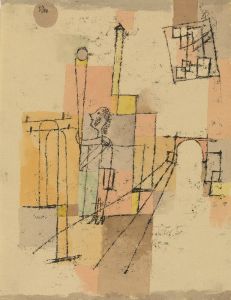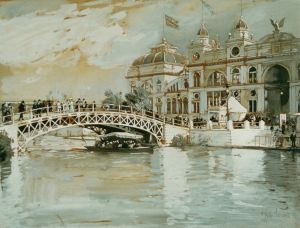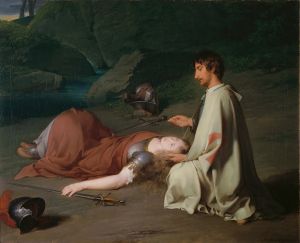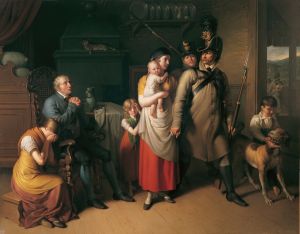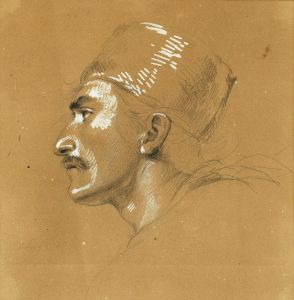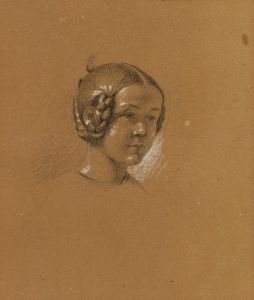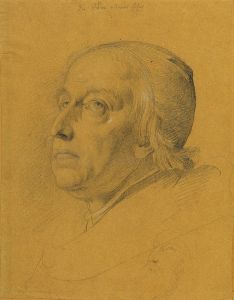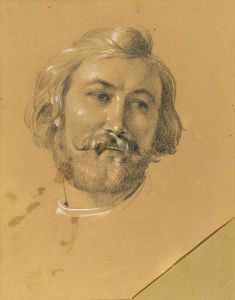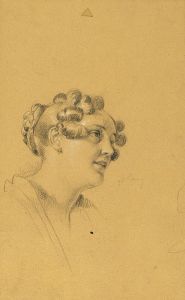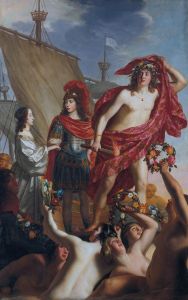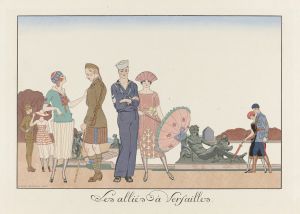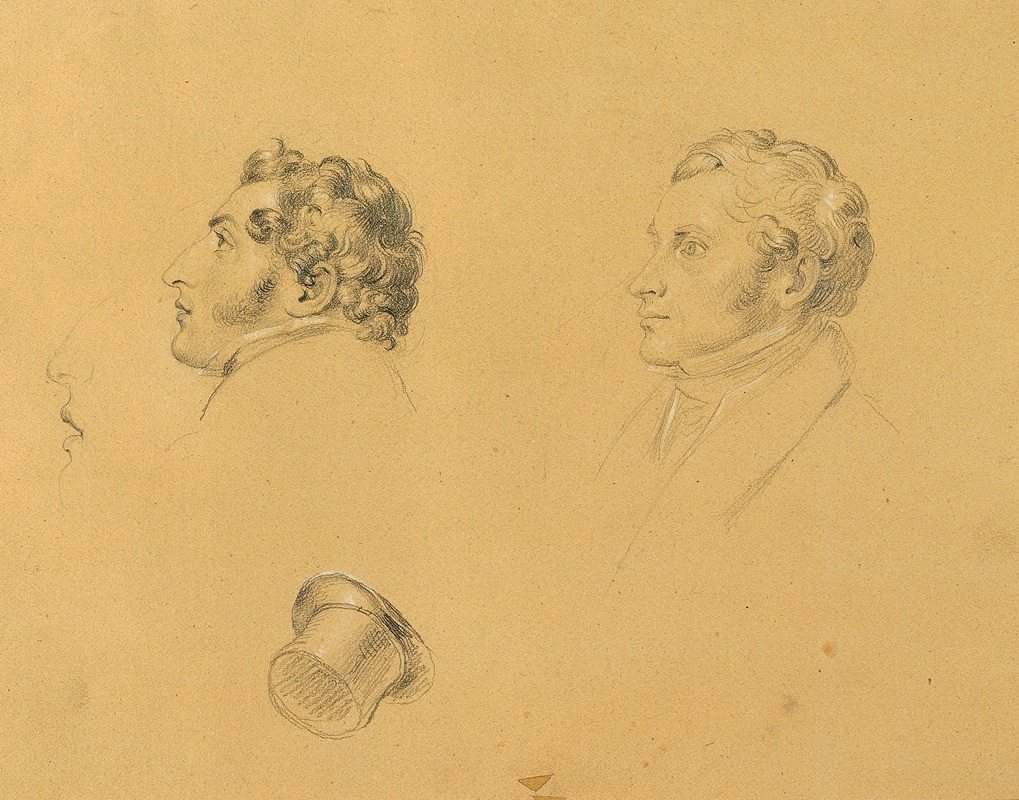
Studie zum ‘Einzug nach dem Pariser Frieden’
A hand-painted replica of Johann Peter Krafft’s masterpiece Studie zum ‘Einzug nach dem Pariser Frieden’, meticulously crafted by professional artists to capture the true essence of the original. Each piece is created with museum-quality canvas and rare mineral pigments, carefully painted by experienced artists with delicate brushstrokes and rich, layered colors to perfectly recreate the texture of the original artwork. Unlike machine-printed reproductions, this hand-painted version brings the painting to life, infused with the artist’s emotions and skill in every stroke. Whether for personal collection or home decoration, it instantly elevates the artistic atmosphere of any space.
Johann Peter Krafft's painting "Studie zum ‘Einzug nach dem Pariser Frieden’" is a notable work by the Austrian artist, who was active during the late 18th and early 19th centuries. Krafft, born in 1780 in Hanau, Germany, was a prominent figure in the Biedermeier period, a time characterized by a focus on middle-class sensibilities and a turn towards realism and away from the grandeur of the preceding Romantic era.
Krafft's oeuvre is known for its historical and genre scenes, often reflecting the socio-political climate of his time. "Studie zum ‘Einzug nach dem Pariser Frieden’" translates to "Study for ‘Entry after the Peace of Paris’," indicating that this work was a preparatory study for a larger composition. The Peace of Paris refers to a series of treaties that ended the Napoleonic Wars, with the most significant treaty signed in 1815. This period marked a time of significant political restructuring in Europe, and artists like Krafft were inspired to capture the spirit of the age.
The painting likely depicts a celebratory scene, capturing the mood of relief and jubilation following the end of prolonged conflict. Krafft's attention to detail and his ability to convey emotion through composition and expression are evident in his studies, which were crucial in planning the final works. His studies often involved meticulous planning of figures, poses, and the interplay of light and shadow, which were essential in achieving the desired dramatic effect in the final painting.
Krafft's work is characterized by a strong sense of realism and a focus on the human element within historical events. His paintings often include a variety of figures, each contributing to the narrative of the scene. This approach not only highlights his technical skill but also his ability to tell a story through art. The study for "Einzug nach dem Pariser Frieden" would have been an essential step in developing the final composition, allowing Krafft to experiment with different elements and refine his vision.
Throughout his career, Krafft held several prestigious positions, including serving as a professor at the Academy of Fine Arts in Vienna. His influence extended beyond his paintings, as he played a significant role in shaping the next generation of artists. His works are part of several important collections, reflecting his status as a key figure in Austrian art history.
While specific details about the study itself, such as its current location or dimensions, may not be widely documented, Krafft's contribution to art during this period is well-recognized. His ability to capture the essence of his time through his paintings ensures his place in the annals of art history. The study for "Einzug nach dem Pariser Frieden" remains an example of his skill in portraying historical events with both accuracy and emotional depth.





